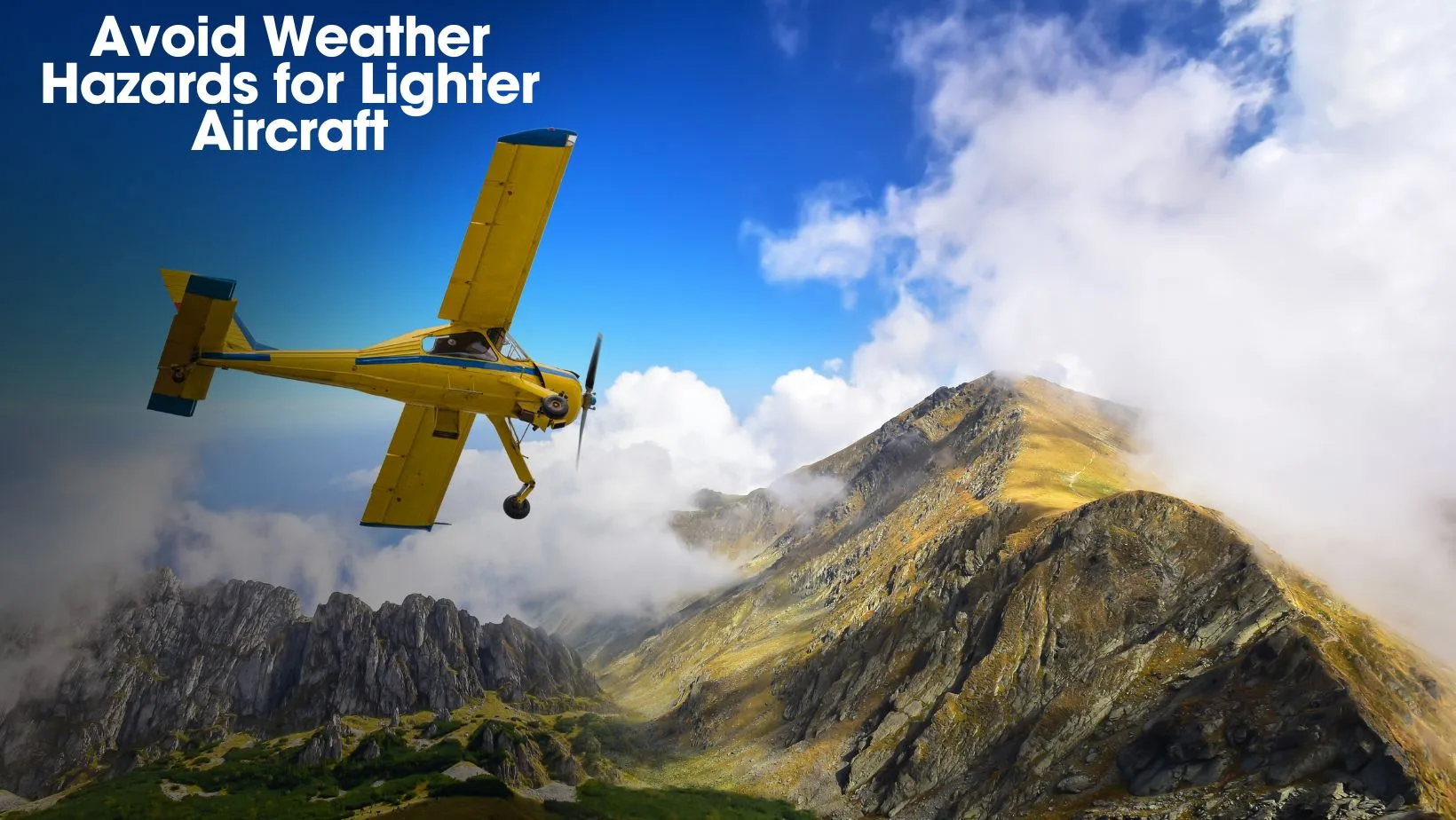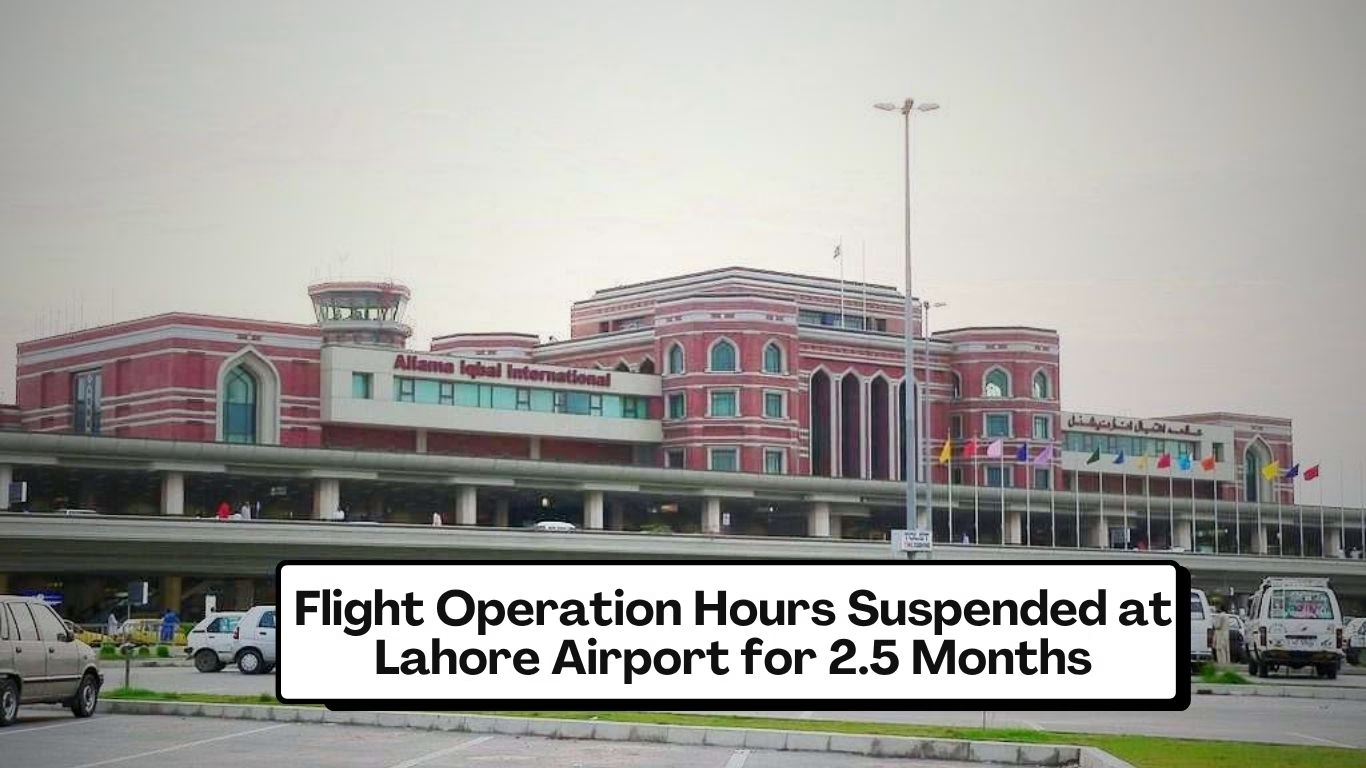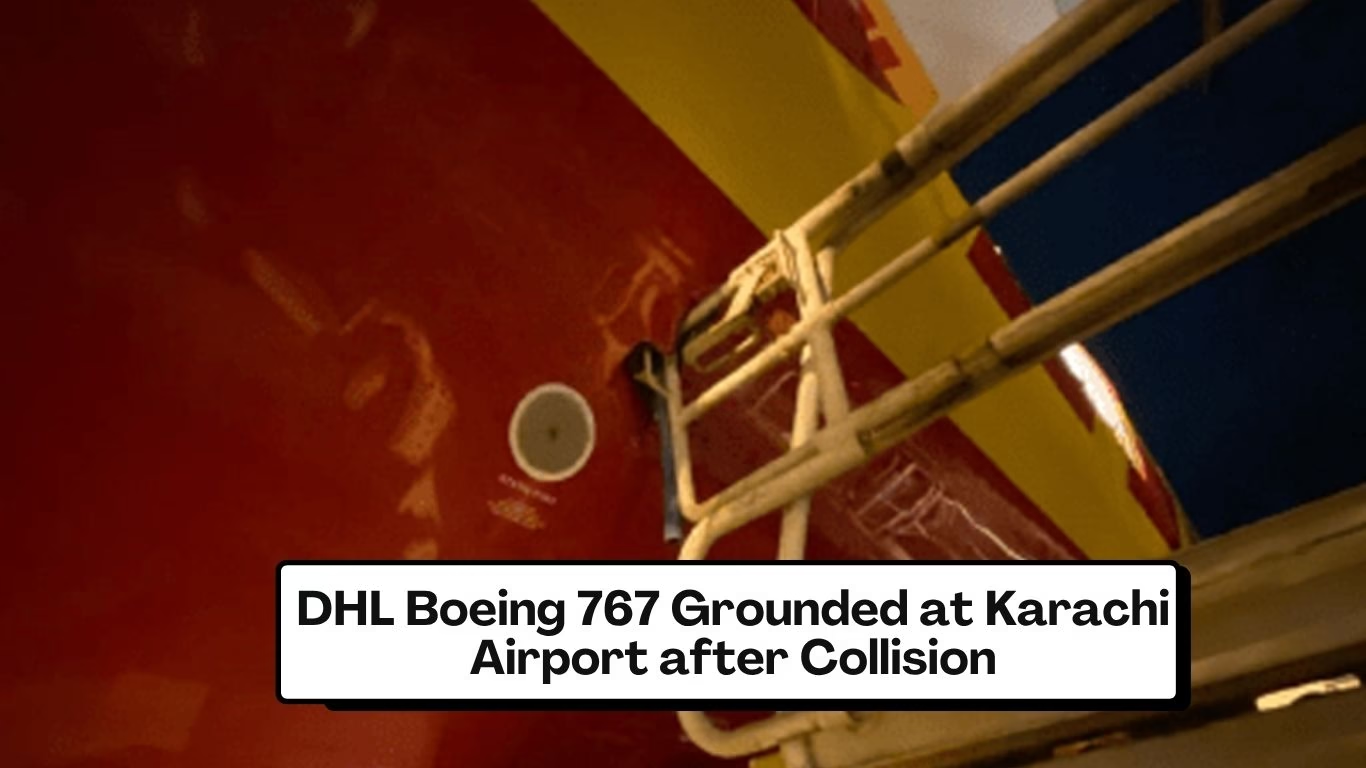Introduction
Weather hazards can pose significant risks to light aircraft flying. Pilots must be well-informed and exercise caution when encountering adverse weather conditions. One of the important aspects of the safety of the aviation industry is the study of weather. Accidents occurring due to weather contain significant concern for safety. According to the statistics of ASTB, there were 101 cases of VFR into IMC reported from July 2009 to June 2019 with 9 accidents and 21 fatalities. In which every 10 cases 1 VFR into IMC event is fatal. Studies have shown that in most cases VFR into IMC condition increases as the flight progresses. The largest occurring chances are at the last 20% of the total flight distance. The VFR into IMC accident has the highest proportion of fatalities after midair collisions. One of the studies says that pilot with 100 – 800 flying hours is more subjected to IMC conditions.
Weather hazards
Some common bad weather conditions are
- Fog
- Thunderstorm
- wind shear /turbulence
- Icing
- Visibility
FOG
Fog is type of low cloud with the base lying within 50 feet from the ground. Its classification is according to the way it forms. If the fog is less than 20 feet deep it is known as ground fog. Radiation fog is form when the air is moist and low to the fate area in clam night. Advection and upslope fig requires wind for formation. These fogs commonly occur along the coastline. The steam fog which is often called sea smoke composed entirely of water droplets that often freeze quickly. This can produce an icing hazard to aircraft with low-level turbulence.
Thunderstorm
Thunderstorms are formed by unstable conditions, a lifting force with high moisture levels. There are three stages of a thunderstorm 1) cumulus stage 2) mature stage 3) dissipating stage. The cumulus stage is characterized by continuous updrafts and dissipating stage by the downdraft. The mature stage in which precipitation begins to fall when thunderstorm reaches their greatest intensity. The minimum distance to keep from thunderstorms is 10 Nm but for the lighter aircraft 20 Nm is taken as a good measure. Even after the thunderstorm dissipate the pilot has to wait because the impact of the thunderstorm is present in that area which would affect the flight.
Thunderstorm hazards
With thunderstorm, many weather hazards also appear like turbulence, lightning or tornadoes. Serve thunderstorms contain wind gusts of 50 knots or more, hail ¾ inch in diameter or larger or tornadoes. If the pilot encounter turbulence during the flight he should establish maneuvering speed and try to maintain a level flight altitude.
Wind shear
Wind shear is the sudden drastic shift in wind speed or direction. It commonly exists near the frontal system, thunderstorms or temperature inversion with strong upper-level winds in the area. It also occurs during a low-level temperature inversion when cold, still surface air is covered by warmer air which contains winds of 25 knots or more at 2,000- 4,000 feet above the surface. Wind shear appears at any altitude and may occur in all directions. One of the dangerous sources of wind shear is microbursts.
Icing
Ice forms on any exposed surface of an aircraft during flight in the area of visible moisture when the temperature is 0 degrees C or colder. Icing effects in a number of ways like it reduces the thrust, drag and weight is increase and lift is deceased.
Preflight preparation (Avoiding IMC start here)
Before going flying pilot must perform a pre-flight personal minima checklist. This will help the pilots to have an assessment of themselves and then decide whether to carry out the flight or not. This checklist contains questions like
- Am I qualified to fly for IMC?
- Do I know how the equipment on the aircraft works?
- Is the weather forecast appropriate for VFR?
- What is the LSALT of this flight?
- Do I know what spatial disorientation is?
- Why are we conducting this fight?
- Does it exceed my personal limits?
All of the above and a few more like these questions are asked on this checklist which would hardly take 3-4 minutes but this would help the pilot to get into the mindset of what they are about to launch into.
What are the obligations for pre-flight planning?
Before beginning a flight, the PIC must study all available information appropriate to the intended operation. In the case of VFR flight away from the vicinity of an aerodrome and in all IFR flight, the pilot has to carefully study the following things:
- NAVAIDS
- Weather and forecasts for the route and aerodrome to be used
- Aerodromes
- ATC rule/procedures
- Briefing maps, charts, NOTAMs
Pre-flight planning
The pre-flight planning minimizes in-flight decision errors and helps anticipate the unusual. The more work the pilot does on the ground the better in-flight decision becomes. The pilot has to consider following things in his/her flight planning
- Forecasts
- VFR minimums
- Fuel- holding, alternates, buffers
- Terrain
- Safe altitude
- When to go.
Checking Forecasts reports
- Weather forecasts
- GAF
- Wind and temperature forecast
- TAFs
- METAR/SPECI
- Air services- NAIPS.
For extra situational awareness
- BoM-website
- Personal weather briefing from BOM- 1800 805 150
- Meteorological cameras (BOM, Air services or private)
- Aerodrome weather information services (AWIS)
- Automatic terminal information service (ATIS)
- Ring ahead to the aerodrome
- Electronic flight bags
The pilot can also get the personal weather briefings from the bureau of meteorology by making a call to a weather forecaster in the aviation area. There are two aviation weather forecasting centers in Australia. One in Brisbane and the other in Melbourne. The weather forecaster is greatly likely to help if the pilot needs more explanation and briefing about the situation.
Weather analysis checklist
The weather analysis checklist developed by Dutcher (2003; 2004) provides a sound analytical framework to identify the weather hazards. The checklist is based upon:
- Stability
- Clouds
- Weather
- Visibility
- Wind
- Winds shear
- Turbulence
- Icing
- Density altitude
All the above items are influenced by the proceeding item. For instance, the unstable atmosphere will allow the formation of cumulus or CBs clouds resulting in thunderstorms, and rain which will reduce visibility. Moreover, the unstable weather can cause surface winds to become variable and gusty. With thunderstorms, there will be winds shear associated with downburst as well as turbulence. The strong vertical current inside the towering clouds combined allows for the rapid growth of large water droplets that end up significant icing threat. High-density altitude condition during warm temperature has a major impact on aircraft performance. Consider your lowest safe altitude for the route. Run along 10 Nm on both sides of your track and add 500 feet to the highest terrain
In-flight information for avoiding IMC
The information we have when we are in the air
- AWIS sites
- Flight watch HF/VHF
- AERIS (VHF automatic en-route information service)
- AIREPS/SEGMENT
- ATC intelligence
- For other aircraft if ATS is unavailable
Weather decision-making guide
Flying is a dynamic process in which the pilot has to continue make decisions accordingly. The flight is safe only until the last decision is chosen correctly. A successful flight is a series of really good decisions. Below there is a weather decision making guide indicators:
Indicators
- Visibility
- Cloud base
- Cloud type
- Cloud coloring
- Terrain clearance
- Wind speed
- Wind direction
- Rain
If any three phenomes changes during the course of the flight, the pilot has to consider the alternative or try to remove themselves from that hazardous situation.
Factors affecting decision making
- Lack of experience in judging deteriorating weather
- Underestimating/overconfidence associated with a flight into adverse conditions
- Inadequate gathering of weather information prior to the flight
- Social pressure affecting decision making
Deteriorating weather
- Diminishing horizon
- Fly the aircraft
- Make a decision early- when in doubt, turn around
- 180 degree, rate 1 turn
- Slow the aircraft down-slow speed config
- ATC help
The longer the pilot flies the more chances of deteriorating weather occurring to them. The horizon might not be as distant as it might before, this is known as a diminishing horizon. In this situation where deterioration is occurring the pilot still has to aviate, navigate, communicate and fly the aircraft. Make decisions earlier and if the pilot has to turn then make it with a rate of 1 and 15-degree angle of bank and slow the aircraft down. Slowing the aircraft will buy the pilot time to think and also reduce the radius of the 180-degree turn. Finally, never hesitate to seek help from the ATC but one thing is that you can only communicate with ATC on the area and control frequency.
Spatial disorientation
- If you lose visual reference outside the aircraft, 80% of your orientation information has gone
- The remaining 20% is split between your inner ear balance mechanism and “seat of the pants” perception which is not accurate
- No amount of training or practice can allow us to correctly interpret erroneous vestibular sensations. This could impact all pilots at any time.
Increasing the risk of disorientation
- Inadequate preflight preparation
- Lack of proficiency with instrument flying
- Flying when not physically and mentally fit
- Failing to transition onto instruments early
- No visual horizon
Knowledge about aircraft
- Autopilot
- Instruments
- GPS
- NAVAIDS
- Radio
Knowing the capabilities of the aircraft would also enhance the capability of the pilot’s decision making. Checking whether the aircraft is on autopilot or not and how to use it. Understanding the limitation of your instruments especially things like altitude indicators, gyro driven instruments etc.
How to improve decision making in bad weather?
We can’t change the weather but we change we can change how we interact with it and make the organization and operation weather tolerant. When the pilot is airborne s/he has to be more vigilant in making decisions early. By studying the relationship between weather, technology, human factors and operations and the designing interaction for better results.
There are different checklists like PAVE, CARE and TEAM that help the pilot in making decisions. With PAVE checklist the pilot identifies hazards and personal minimums, CARE checklist help in reviewing hazards and evaluating risk and finally with TEAM checklist the pilot chooses and implements risk control.
In Emergency situation
- Stay calm
- Keep level
- Stay on instruments
- Timely turn-rate 1 only
- Lowest safe altitude
- Call for help – ATC
Conclusion
Despite all the advanced technology, avionics, and information accessibility. General aviation is still becoming the bite of weather-related accidents. Going VFR into IMC, loss of control in turbulence, landing issues in crosswinds or the icing all are avoidable. The only reason for all these to happen is the pilot’s incapability of making the right decision at the right time. So, making the pilot more competent to deal with adhesive weather conditions following steps would be very helpful:
- Obtain weather from all available sources prior to the flight
- Know the tools you can use to update weather information in flight
- Establish solid personal minimums and stick to them
- Learn to interpret in-flight weather cues and deteriorating visibility
- Don’t continue flight towards the diminishing horizon
- Don’t ever hesitate to call ATC for help
Read More about Factor Effecting Aircraft Performace






Leave a Reply